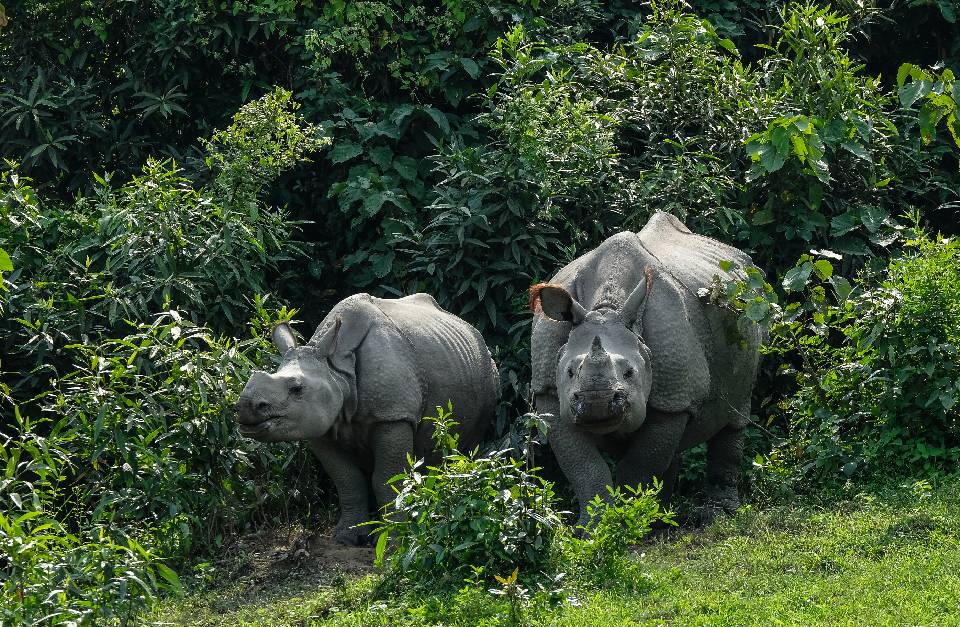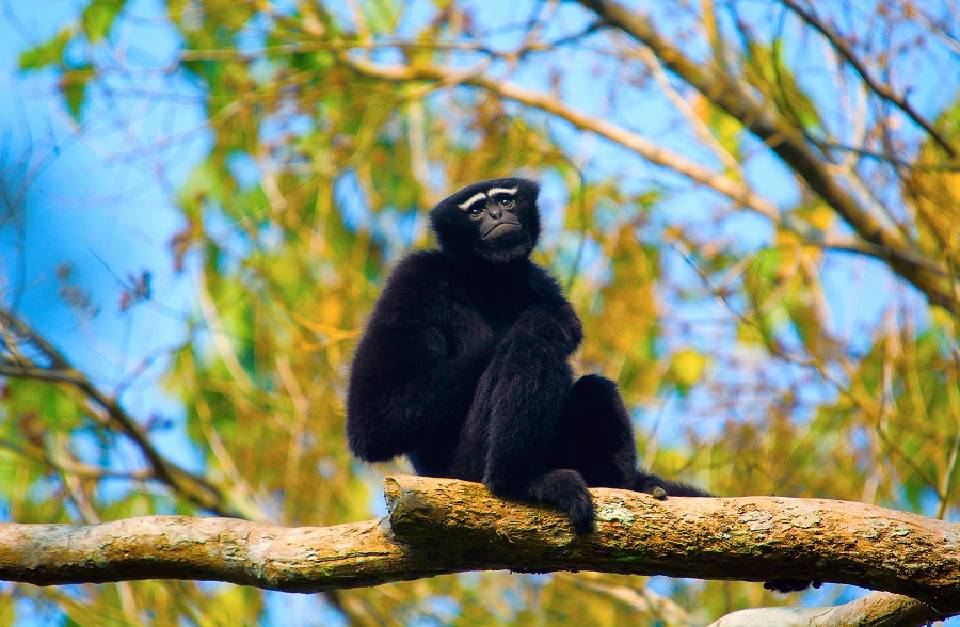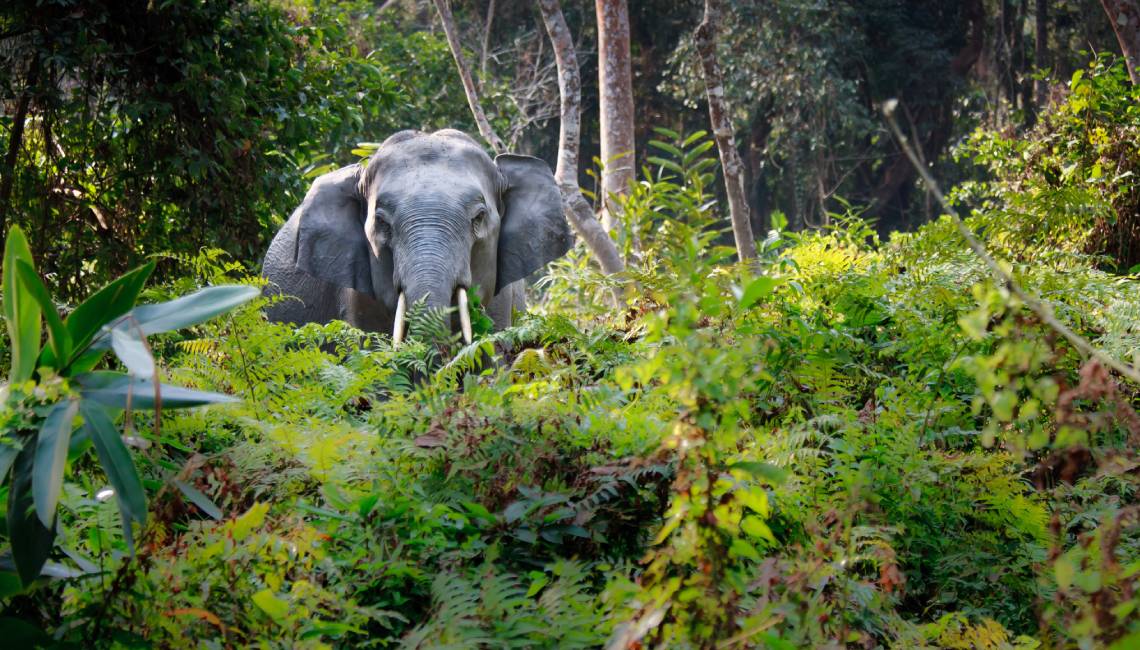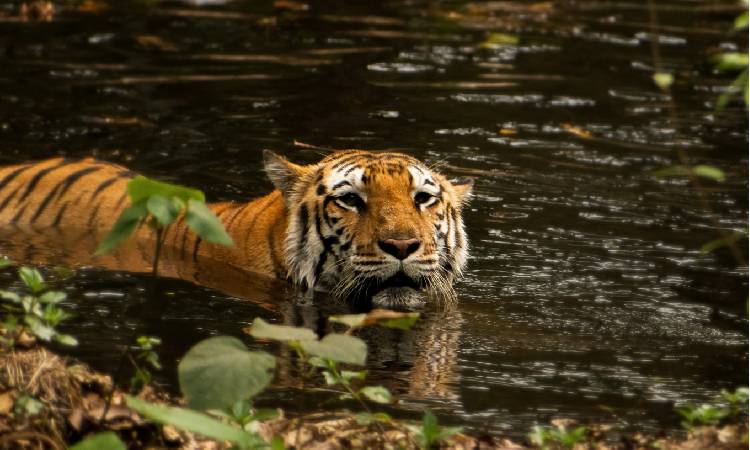Set in the Brahmaputra’s floodplains in Assam, the vast Kaziranga National Park is well-known for bringing the greater one-horned rhinoceros back from the brink of extinction.
It all started back in 1908 when things were looking extremely bleak for rhinos and they were being hunted greedily until only ~200 of them were left. The park was declared a reserve forest. However, imperial policies had little effect on wildlife conservation. Only in 1974, under the Assam National Parks Act, 1968, the park received the highest legal protection. In December 1985, the original core area of 428 sqkm was declared a UNESCO World Heritage Site. Today, it is inhabited by the world’s largest population of greater one-horned rhinoceroses - 2613 rhinos. It also has many endangered species including Asian elephant, wild water buffalo, sloth bear, eastern swamp deer, sambar deer, hog deer, capped langur, hoolock gibbon, and gaur, amongst others. Cut to 2007, the park was declared a tiger reserve. Latest estimates show that the park has one of the highest density of tigers in the world —121 in 2022, up from only 83 in 2014.
Despite serious poaching and environmental threats, it remains one of India’s most successful conservation stories.









